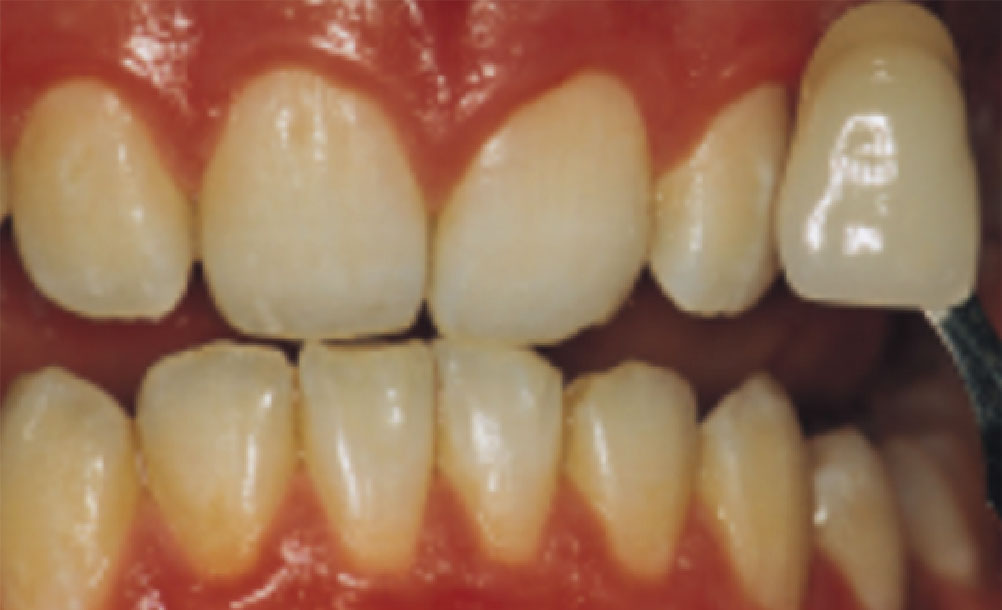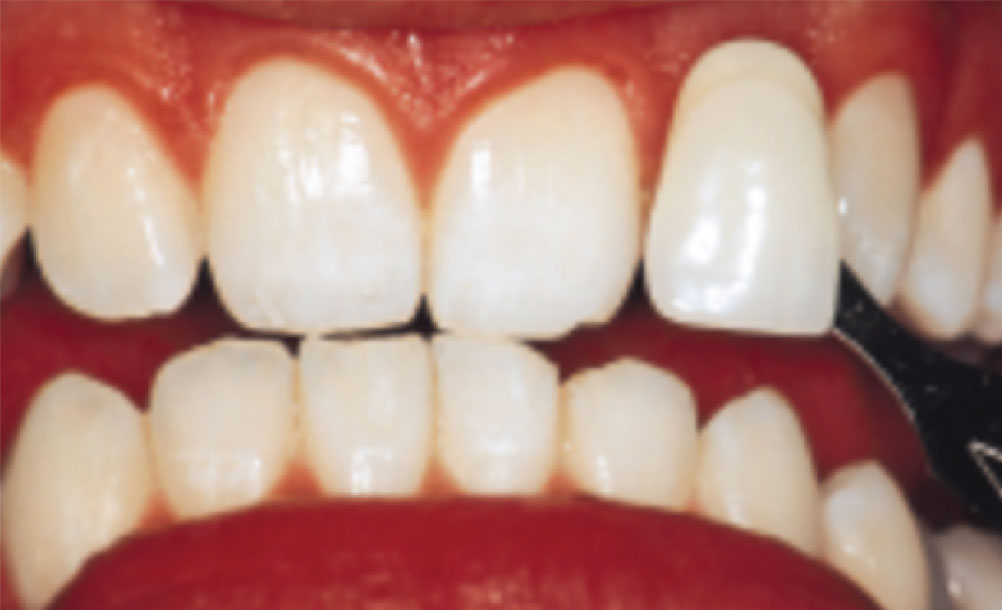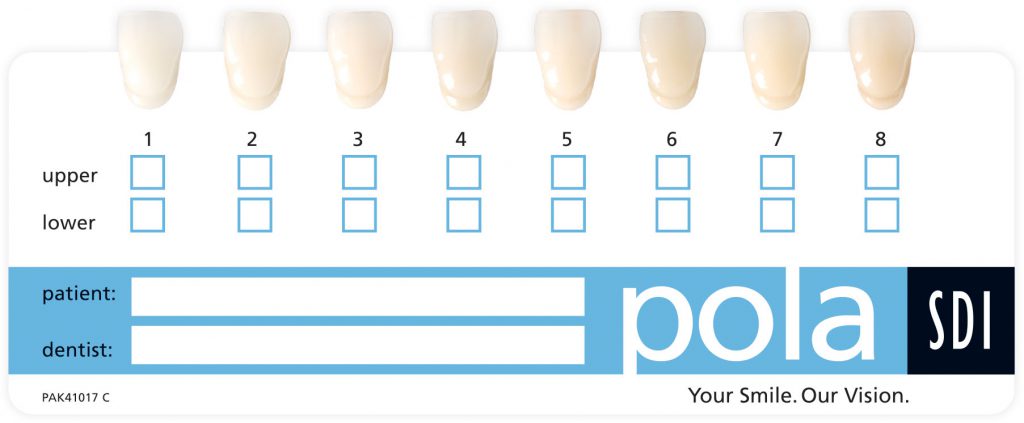Prior to commencing any tooth whitening procedures, it’s best to consult your dentist to understand whether this treatment is suitable for you.
The types of questions that you need to ask your dentist relate to the dental health of your tooth and gums.
WHITENING YOUR TEETH IS QUICK AND EASY
Discover your whiter, brighter smile
Why do teeth discolour?
Everyone’s teeth are unique and discolour and stain in different ways. The discolouration or staining of a person’s tooth is typically caused by:
- Coffee
- Black tea
- Herbal tea
- Red wine
- Spicy foods such as curry
- Smoking cigarettes / cigars


How does tooth whitening work?
There are multiple types of tooth whitening solutions available. There are essentially three categories that these fit into including pharmacy available products, Take Home (from dentist) packages and In-dentist clinic applied solutions.
When a whitening product is applied to the tooth, it breaks down into water and oxygen ions. The oxygen ions enter the enamel and attack the long stain molecules to effectively break them down to be short and colourless. These short and colourless molecules are then naturally removed from the tooth by saliva. The intensity of whitening is related to the number of oxygen ions available and the length of time they are on the tooth

Whitening strengths
The main difference between these categories of products is the amount of hydrogen peroxide, which is the active ingredient, they contain. Carbamide peroxide breaks down into hydrogen peroxide over a period of time, but at a lesser strength of active ingredients.
- Over-the-counter whitening products for use at home, such as toothpastes, gels or strips, legally must not contain more than 0.1% hydrogen peroxide and can therefore only give very limited whitening results, over a long period of time. Anything above this strength must be prescribed by a dentist.
- The in-practice product is polaoffice+ which contains 6% hydrogen peroxide, and because it has a high pH, is effective in just 45 minutes.
- The take-home alternatives are poladay, which also contains 6% hydrogen peroxide, but has a neutral pH, and polanight, which contains between 10% and 16% carbamide peroxide, which is equivalent to 6% hydrogen peroxide. poladay acts faster than polanight, it is a higher strength product and therefore needs to be worn less.
The range of available strengths is designed to enable you and your dentist to choose the most appropriate level of active whitening agent, in conjunction with the amount of wear time, to provide a whitening solution to suit your personal preferences.
What do you need to know?
Generally, the more active ingredients the product contains the more effective it will be, however above a certain strength requires a dentist to apply and remove the whitening product. In-dentist clinic strength products contain comparatively more active ingredient to achieve the desired whitening effect. These products are administered by dentists to ensure patient safety during the application process.

Your dentist will use the pola shade guide to identify your tooth colour. They will also use this scale to estimate how many shades whiter you want your tooth. Each type of whitening utilises a unique application technique to protect your tooth and gums during the whitening process and also long term. Some products contain features that actively protect your tooth and gums during the process, and these can be beneficial as they enable you to achieve the desired whitening effect without incurring damage to your tooth or gums. It’s best to seek your dentist’s advice on which whitening product is most suitable for you and approximately how many shades whiter you are able to achieve.
Call your dentist for more information on the products and services provided.


